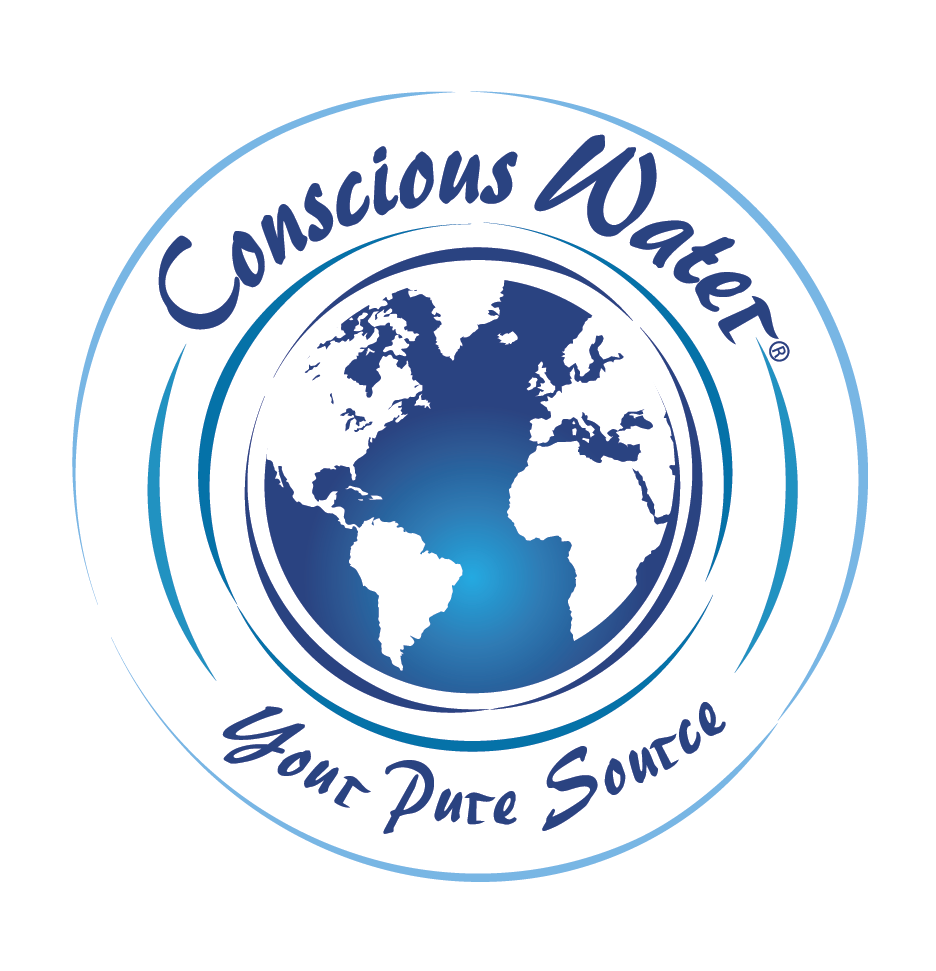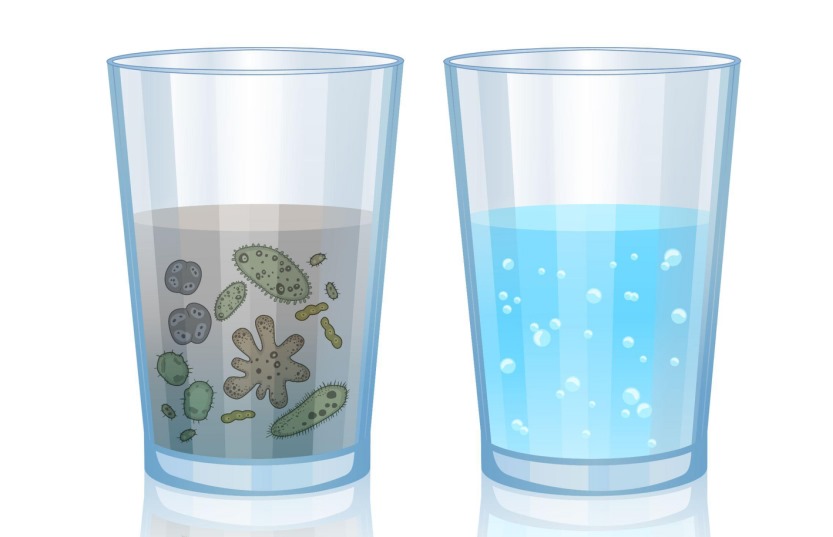Broadly defined, water pollution is the contamination of water that makes it non-potable. Non-potable, in this instance, means undrinkable and unsafe for cooking, cleaning, swimming, and other essential activities.
Several sources, including chemicals, trash, parasites and bacteria, can contribute to this. Think of oil spills, standing water that accumulates bacteria, and even air pollution that eventually makes its way to the water.
Yes, it’s true: all forms of pollution eventually end up in the water because if you think about it, the Earth is mostly water. In particular, pollution first ends up in smaller bodies of water, like streams, which present local problems, then head toward larger bodies of water and eventually make it to oceans and seas.
Just throwing an empty beer bottle at the side of a river can end up in the ocean nearest you, damaging the ocean fauna’s lifecycle.
Causes of Water Pollution

Here, we’ll go more in-depth into the main, specific causes of water pollution. Knowing that water pollution is a universal problem, it’s essential to understand how it starts so that you can prevent it from happening in the first place and stop it before it gets to your faucet.
Agricultural
Farms and livestock use over 70% of the earth’s water resources and contribute to their degradation. Agricultural factors are the leading cause of worldwide water contamination in rivers and streams.
With the rain comes a washing away of livestock waste, fertilizers and pesticides, and their nutrients. Water with excess nitrogen and phosphorus, combined with these other sources, makes water wholly undrinkable and dangerous to do so.
Sewage and Wastewater
Water from sinks, showers, and toilets can end up in our streams, rivers, and oceans. In addition, industrial compounds with solvents and toxic sludge can directly contribute to water pollution. On top of these factors is stormwater runoff, which contains sediment and other hard particles and water pollutants that aren’t properly filtered.
About 95% of sewage and wastewater (including human waste) flow back into the environment in some third-world countries. We have it pretty good in Canada, and a duty to help those in need with superior water filtration services like the Berkey system.
Oil Pollution
This is one of the best-known sources of water pollution. While big companies’ oil spills generally make the headlines, the largest source of oil contaminants comes from consumers’ cars and trucks and the billions of drops of gasoline and oil that spill from exhaust pipes and other vehicle parts.
Radioactive Matter
These chemical compounds come from radiation that is over what’s emitted by natural environmental factors. Such sources include uranium mining, nuclear power plants, military weapons tests, and research output from universities and hospitals.
Effects of Climate Change on Water Pollution
Evaporation, precipitation, surface runoff and streamflow, oceans, snowpacks, clouds, and changes in water demand all contribute to water pollution.
When global temperatures rise and cause drier conditions, air sucks up more water from the earth’s water sources, such as oceans, plants, and more. Conversely, warmer and wetter air can also cause exceedingly dangerous humidity levels.
Extreme global weather shifts that we’re now seeing regularly, such as cyclones, tornadoes, tsunamis, flooding, and other dangerous situations, can all cause increased precipitation which is dangerous to human life.
Conversely, climate change redistributes precipitation, depriving certain areas of the world of much-needed safe drinking water and causing droughts. We are seeing this especially prevalently in California and other Western states.
Myriad other causes are important to understand, investigate, and address – yet for the scope of this article, we need to discuss what the effects of water pollution are on human populations, as well as animals, plants, and aquatic life around the globe.

How Water Pollution Affects Us and the World’s Flora and Fauna
As is predictable, water pollution poses a threat to human health and human life. Given that the vast majority of the world’s water supply is undrinkable, polluted water can cause serious diseases such as cholera, diarrhea, dysentery, hepatitis A, polio, and typhoid. And that’s just a starting list.
On top of this, the natural presence of chemicals in water from chemical pollution can cause lead- and fluoride-related illnesses.
Water pollution also significantly threatens animal populations that need access to fresh water, such as fish and other marine animals.
And because we are in a giant interconnected and interdependent ecosystem broken up into subsystems, every time a link in the chain is negatively affected, the potential for human health hazards also increases.
This is a fundamental overview of the hazardous effects of water pollution on global populations. For more information, we suggested visiting government websites local to your country or the WHO (World Health Organization).
Water Pollution Prevention and Control
Sadly, water pollution is a devastating cause of the degradation of our species. It’s not all dark and dreary bad news, however. There are ways to prevent water pollution. Here’s how.
In terms of prevention, the United States Environmental Protection Agency recommends the following modes of conservation, as conservation has a direct impact on reducing pollution:
- A toilet dam or plastic bottle in the toilet tank
- A water-efficient showerhead
- Shorter showers and less voluminous baths
- Composting
- Store drinking water in the refrigerator
- Use porous pavement materials to prevent runoff
There are many other suggestions on the Environmental Protection Agency website. On other local government websites, they recommend such actions as:
- Redirect fertilizer to lawns
- Take excess oil to official centers that can dispose of it properly – like auto shops – for free
- Compost, compost, compost!
You can find other recommendations for water purification and community efforts such as filtration, supporting conservation efforts, wastewater treatment, and a host of others on the web from local and international recommendations. Supporting underdeveloped areas in your country is a great way to give back – and contribute to the ecosystem you are part of.
Conclusion
Water pollution is obviously a prevalent problem. To prevent and solve this problem, it takes a village – local and global – with a focus on environmental health and clean water. As the famous contemporary musician John Cage said, it’s our responsibility to quietly and humbly clean up the world together.
You can start in your own home by ensuring the water you drink is always safe, pure, and delicious. Learn how a Berkey water filter can contribute to a clean and safe water supply.


